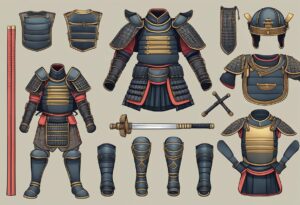Japanese culture is all about symbolism.
Everything from the way they dress to the way they build their homes is steeped in tradition and meaning.
But what you may not know is all of the different symbols that make up Japanese art.
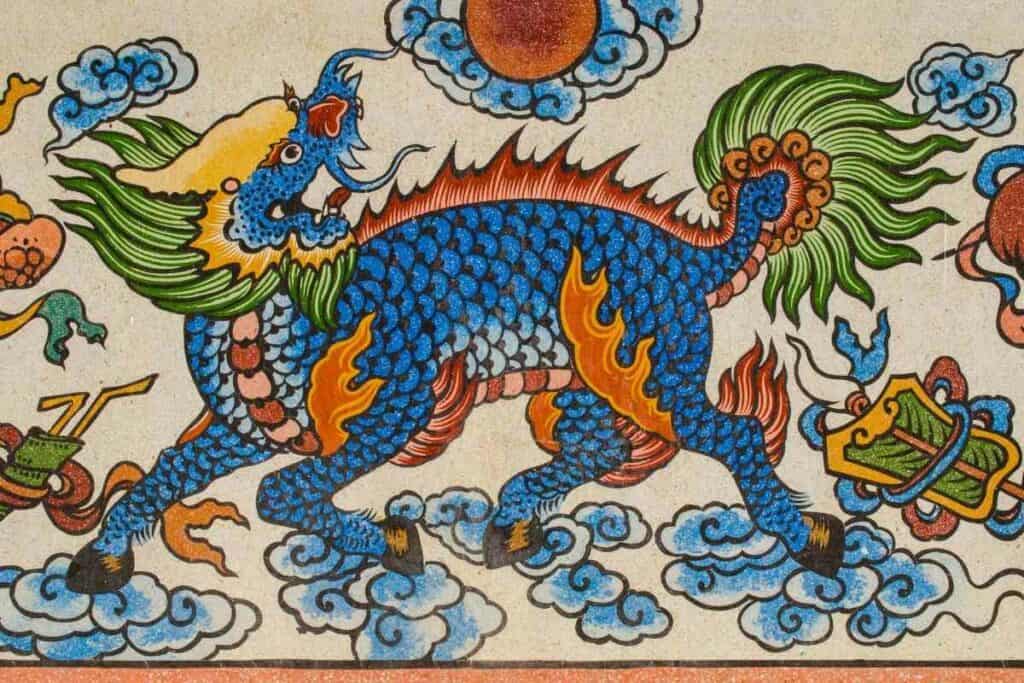
From mythological creatures, to animals, and things found in nature, each has a specific meaning that goes far beyond just looking pretty.
Sit back enjoy while we take a look at some of the most common symbols found in Japanese art and explain what they mean.
Table of Contents
Kirin
The kirin is a mythological creature that resembles a cross between a dragon and a horse.
It has the head of a dragon, but its mane is more like hair than fire. It can walk both backwards and forwards, similar to the mythical unicorn.
Stories say the Kirin only appears in times of peace so they are very rare. It has the body of a deer, but its feet are like those of an ox.
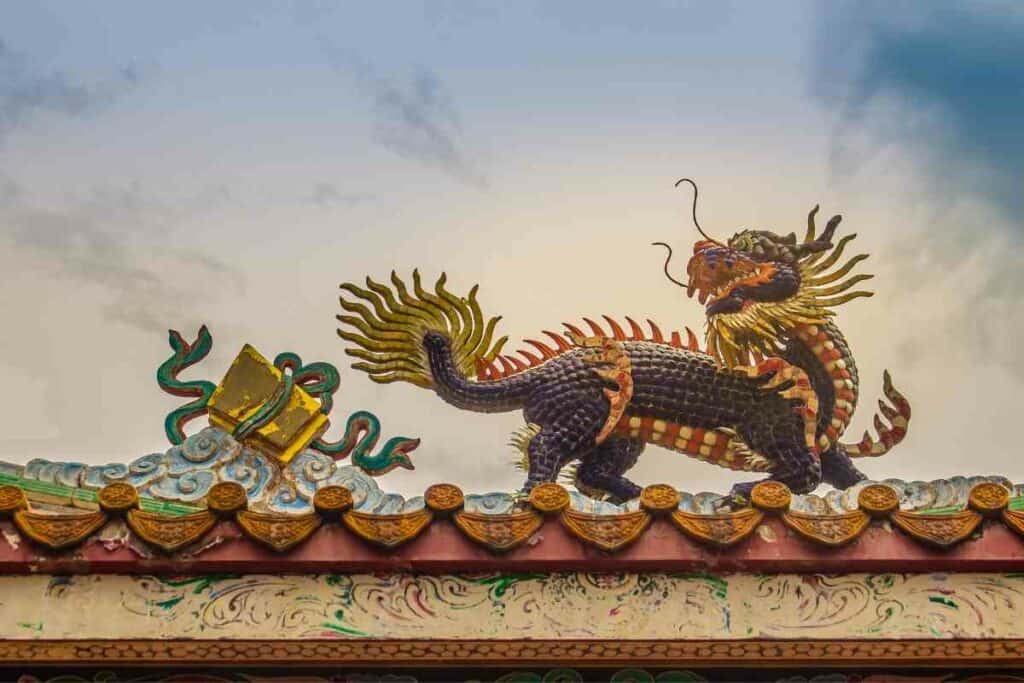
The Kirin was said to appear in the sky like a white cloud with lightning. When its presence was made known, the people would know that good times were ahead for them.
The kirin is seen as a symbol of peace and hope because it meant that the ruler of the land had achieved this through strength and perseverance.
This symbol can be found on banners or flags outside shrines or temples where there will be celebrations after some major event such as receiving news about having won a battle against another clan or being victorious during the war.
This type of celebration is called Shinto, which means ‘way of the gods’. Thus, the Kirin is also seen as a messenger between the gods and humanity.
Booking.comPhoenix
The phoenix is a mythological bird that represents rebirth, which makes it become a symbol for the resurrection of the dead.
The Chinese phoenix has an even longer history than its Japanese counterpart, which only started being used in Japan during the 9th century AD.
This was when Buddhism was introduced to Japan by way of Korea.
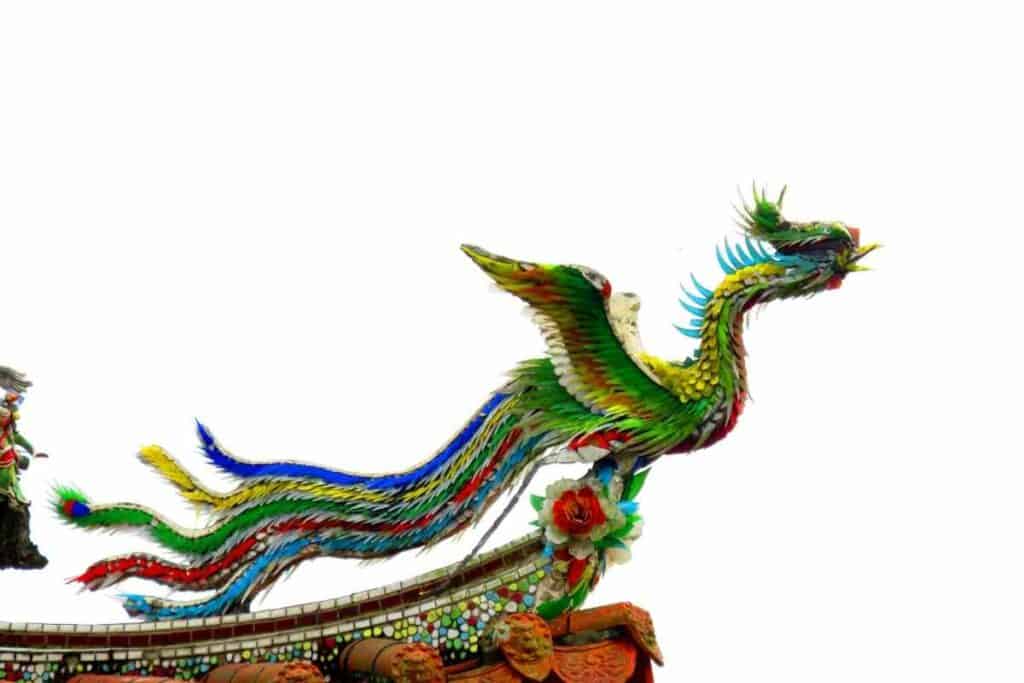
The phoenix represented power, dignity, grace, and divinity because these are all attributes associated with Buddhist deities.
Buddhists use this creature to represent many things such as love or fortune, but mostly they are known for being linked to fire which created light or warmth to destroy darkness.
Phoenixes can appear in several ways: as sightings of real animals or fantastical beings; as references in art; or as flowers, illustrations, or tattoos.
The phoenix is often seen with sunflowers because they represent immortality and rebirth which ties into its symbolism.
It can be paired with clouds that seem like smoke because this represents the idea that fire consumes oxygen until there is nothing left and then becomes reborn from its ashes.
This also means that fire comes back stronger than before after every destruction cycle has finished.
Unicorn
The unicorn is known for its horn but some versions of the creature have a beard, hooves, and sometimes even scales.
It is also believed that they can be tame or wild depending on the situation, but this makes it good for use in good luck charms because you are never sure if it will protect something or not.
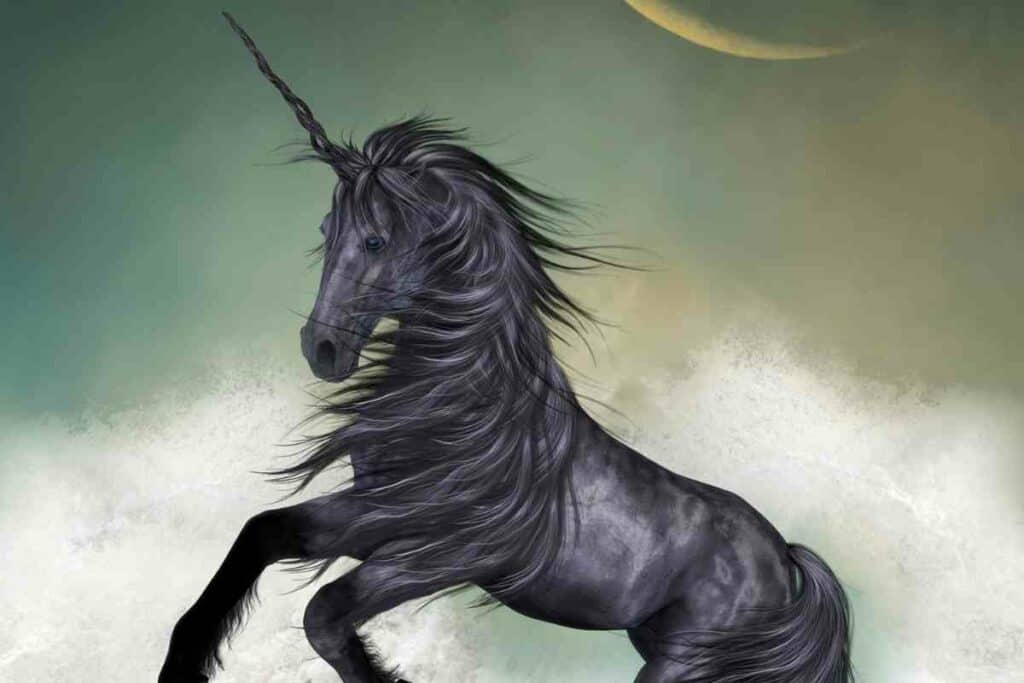
This could make people cautious which might prevent them from making mistakes because they are afraid of what might happen to their possession if they did.
The unicorn itself can be seen as a symbol of purity, innocence, and wisdom because it’s known to only approach virgins and those who live pure lives to guide them through difficult times and help them reach their goals and ambitions in life.
Monkey
The monkey is one of humanity’s oldest companions so it’s no wonder why it is linked to so many different aspects of life.
The monkey in Japan was thought to be the god Sugawara who is known for protecting against pestilence and war because these are both things that would affect crops.
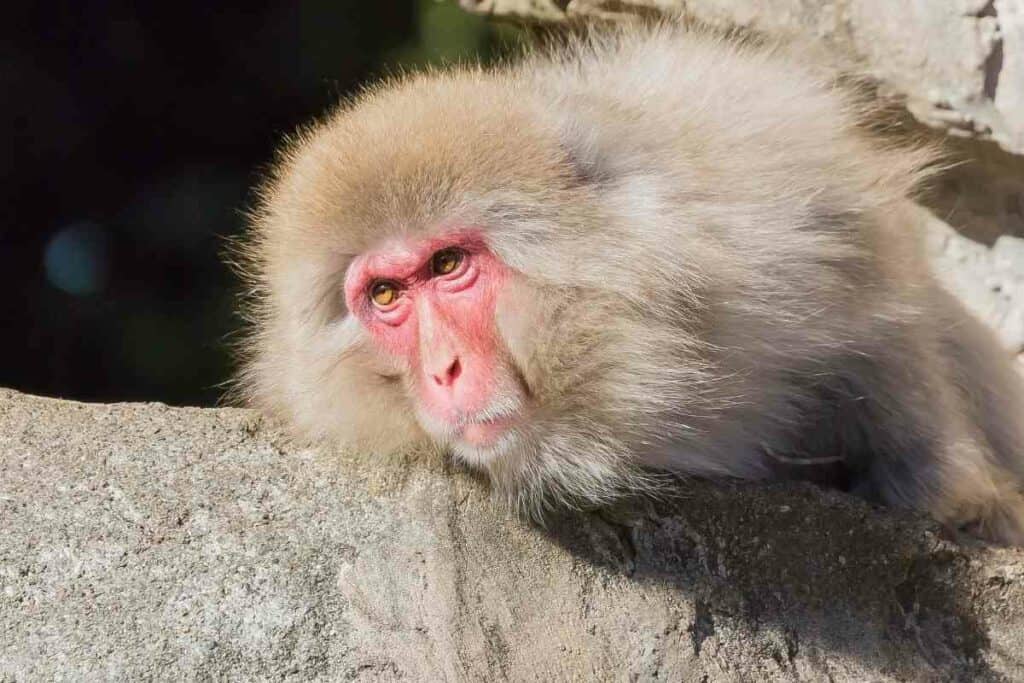
It was also thought that the monkey could act as a messenger between our world and the spirit world which is where all deities, ghosts, demons, and monsters live when they aren’t here on Earth causing trouble or helping humans.
Throughout history, there have been stories about monkeys helping people in their time of need which helped strengthen this idea even further
Japanese Folklore Monkey
The most common use for the monkey symbol in modern times is in reference to successful businesses.
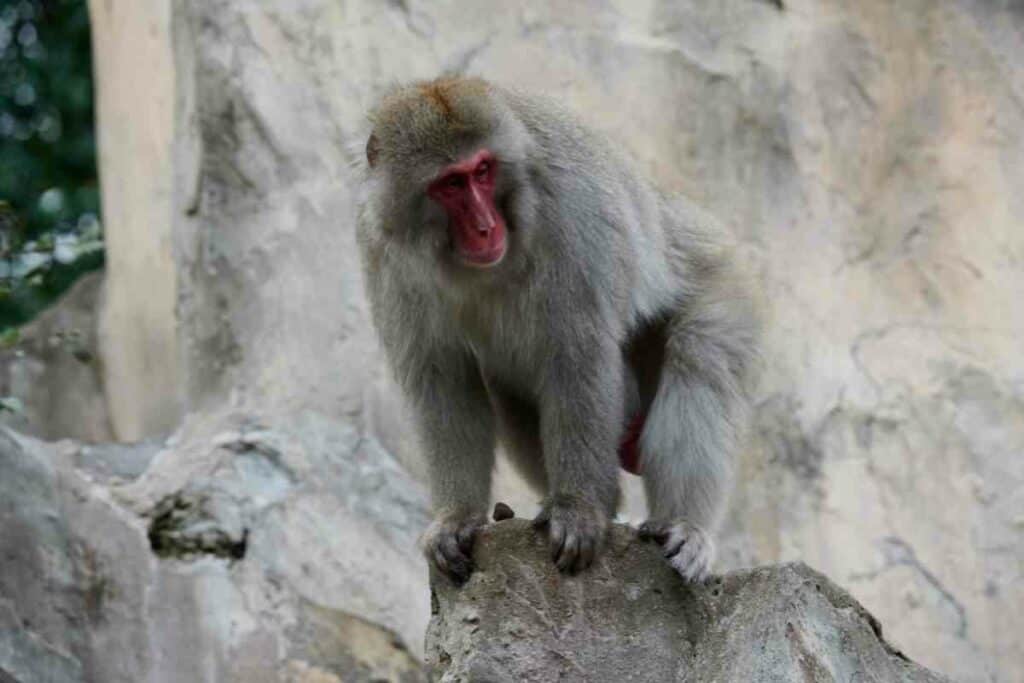
This makes sense since its main job was protecting farmers from bad things happening to their crops and this is what makes them such good luck.
So it’s not hard to see why these creatures would be used to represent success in the business world, especially when everyone knows that monkeys are very intelligent so they must have some clue as to how things work
Fox
The fox appears with magical properties because of its strong connection with Shintoism which can be linked with early Japanese folklore.
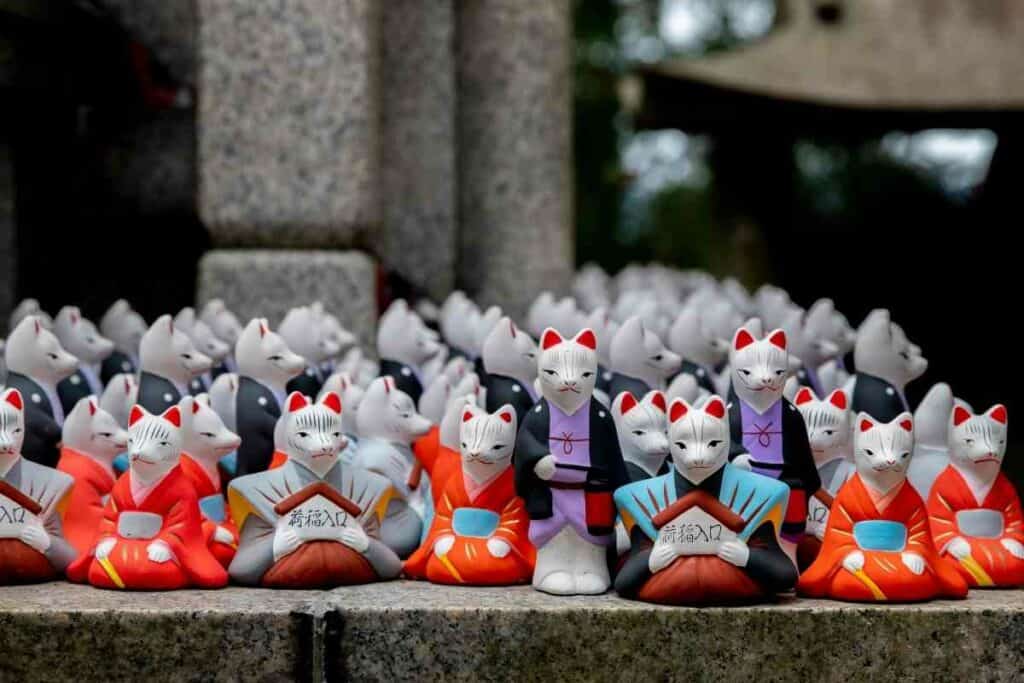
The fox was said to possess knowledge of all living beings including:
- humans
- gods
- demons
- and even nature itself
This made it become known for wisdom or gaining enlightenment by learning many different lessons or teachings just like a student does during school time.
Fire also plays an important role in the power of foxes because if one were to look at this from an outside perspective, the fox would be able to defeat evil spirits and monsters with its flames too.
If there was a fire and a fox showed up then it would use this as a way to help protect the ones who were unable to do so because they didn’t have the ability
Enso
This isn’t just a circle; the enso is a very important symbol in Japanese art and it’s hard to understand all of its possible histories.
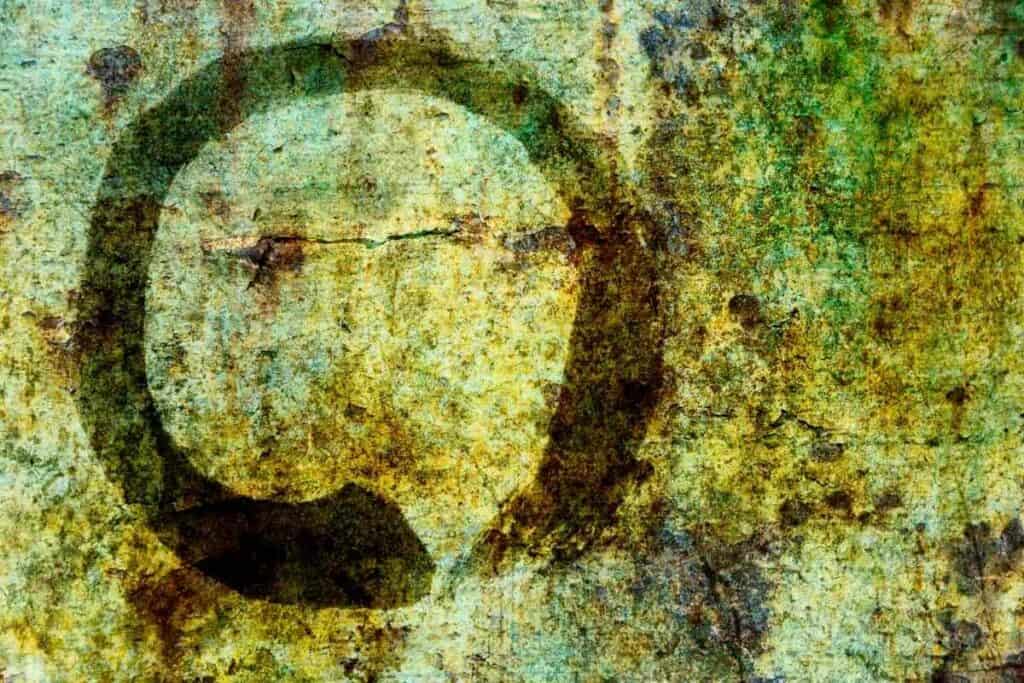
It was believed that this sign had something to do with Buddhism but there are also frequent examples of it being used in modern times which doesn’t seem to have any connection to this religion at all.
There is a different form of the Enso in each direction with both having a straight line going from one side perpendicular across the circle so that only one end has an opening.
This could represent the way people learn about different things or even how they can find themselves spiritually by trying something new for themselves.
Sun
The sun is a very common symbol in Japan and this can be linked to the “Land of the Rising Sun” name given to their country too.
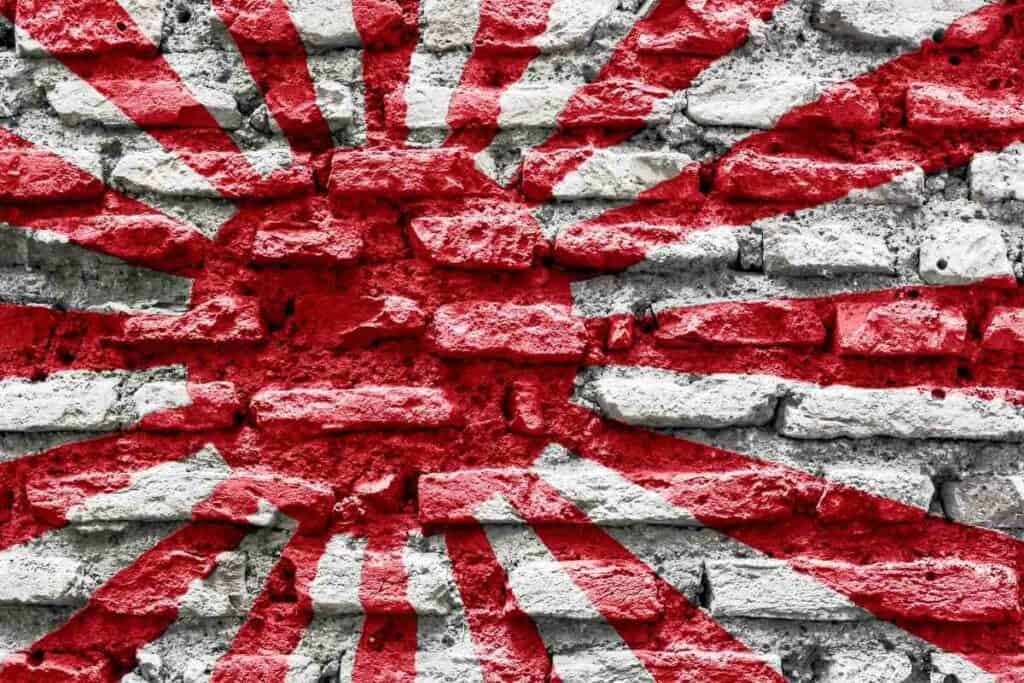
This can mean many things but there’s no getting around that it has something to do with luck because it brings warmth and happiness to all living beings on Earth without discrimination against anything or anyone based on religion, race, sex, or social status.
This shows how lucky people who receive the benefits from the sun are strong enough not to let these kinds of things bring them down and try to make their lives harder than what they have been so far
Lotus
The lotus is often used in Buddhist art to help represent the beginning stages of spiritual enlightenment.
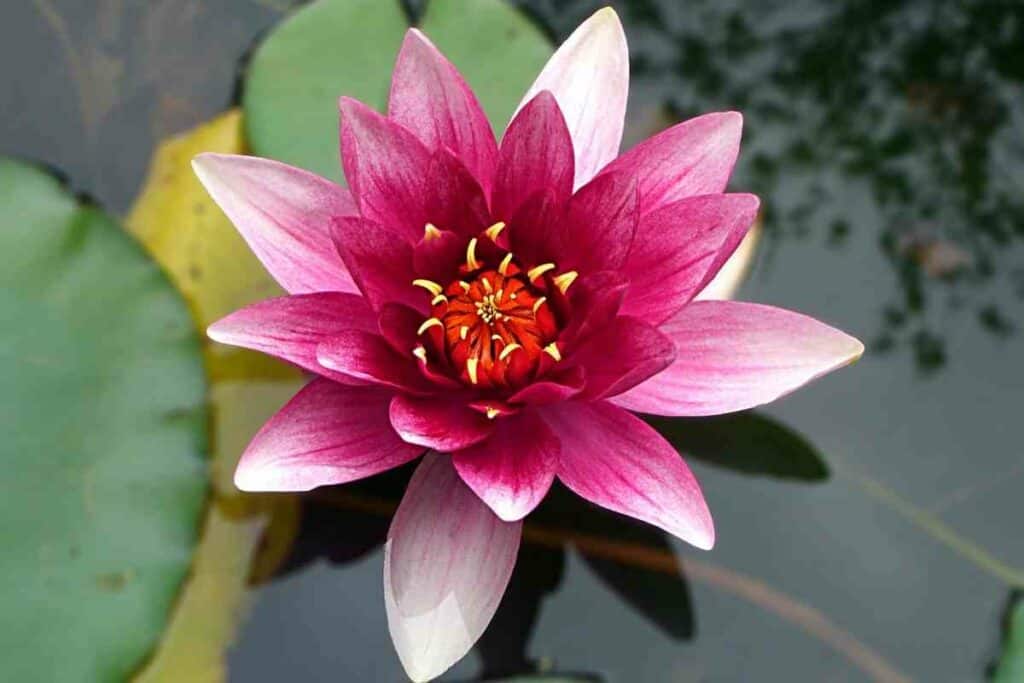
This can come from someone overcoming their problems or gaining wisdom that will lead them towards becoming a better person over time.
If this sounds complicated, it’s because it can be thanks to how complex life itself can be sometimes.
So while some people may understand this on a deeper level than others, all people seem to understand this at least somewhat since they know how important having fun with friends and family members is during these times.
Tiger
The tiger has many different symbolism ties throughout ancient Japanese folklore which makes sense since ancient times are when most stories about mystical creatures like that came into existence.
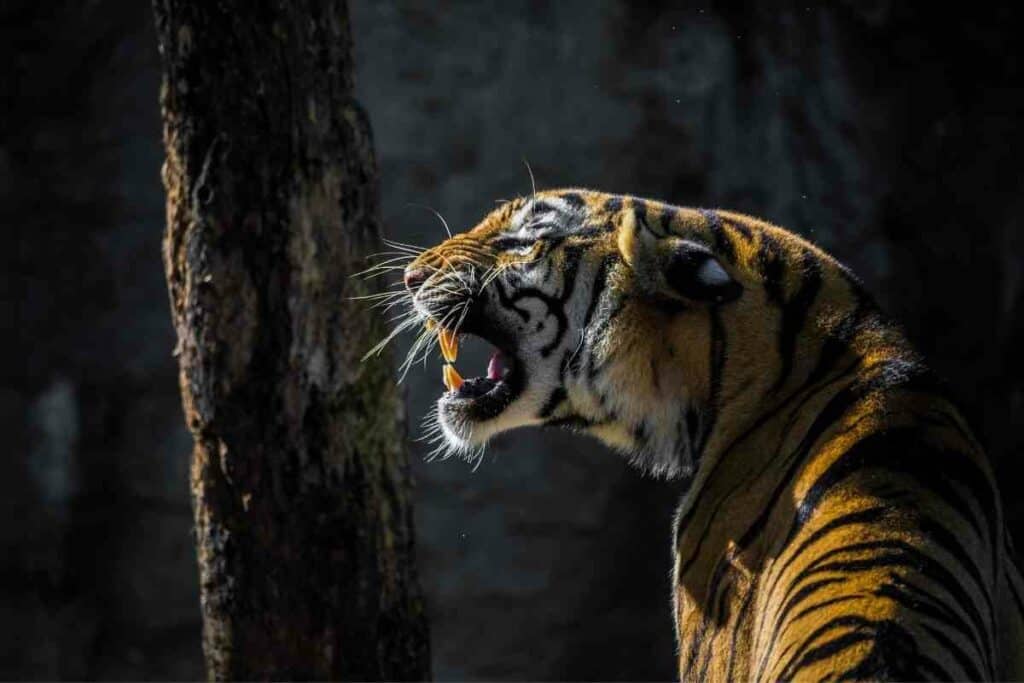
The most common part of this legend was the white tiger yokai which was known for its fearlessness and how it would cause chaos by destroying homes and eating people.
There could be many reasons why the tiger is used in Japanese art but this yokai seems to be the main one because it shows that evil isn’t afraid to show itself no matter what because it will do whatever it wants if nobody stops them first.
Sakura
The Sakura is a flower that’s representative of the brief and beautiful life that is given to every living being.

Some people say it symbolizes purity, enlightenment, and happiness, but most think of death when they see this symbol.
Final Thoughts
The symbolism in Japanese art is a great way to learn about the culture.
By understanding the different meanings behind each mythological creature, animal, or symbol, you can appreciate the artwork even more.
You Might Also Like
- 12 Things Tourists Should NEVER Say in Japan
- Kissing Robot: Exploring the Popularity of the Chinese Kissing App
- Unlocking the Secret Dating Rituals Only Locals Know in Japan
- Samurai Armor: Ancient Protection for Japan’s Elite Warriors
- 10 Amazing Facts About Schools in Japan: Unique Traditions and Educational Practices
- Where can you see snow monkeys in Japan: Best locations and viewing tips




